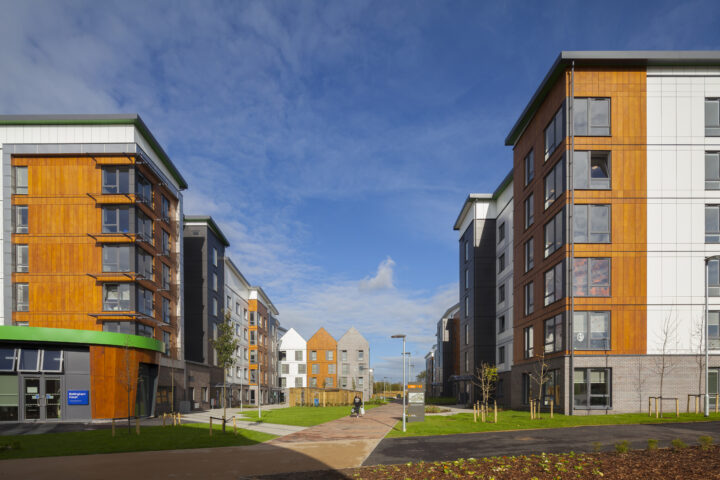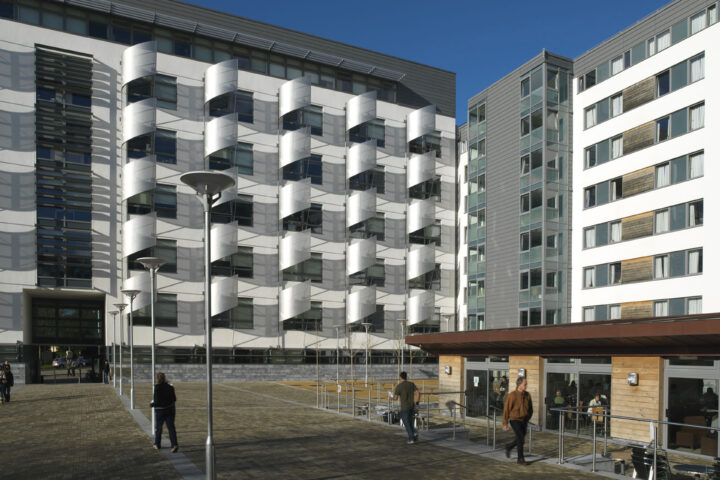CPD – Biophilic Design
Back in April, here at Willmore Iles Architects, we had the pleasure of having Martin Brown; founder of fairsnape and author of FutuREstorative: Working Towards a New Sustainability,RIBA, 2016, delivering a thought-provoking presentation followed by an engaging discussion on planetary and human wellbeing. Protagonist to the discussion, as a means of achieving and inspiring positive impact, was Biophilic Design.
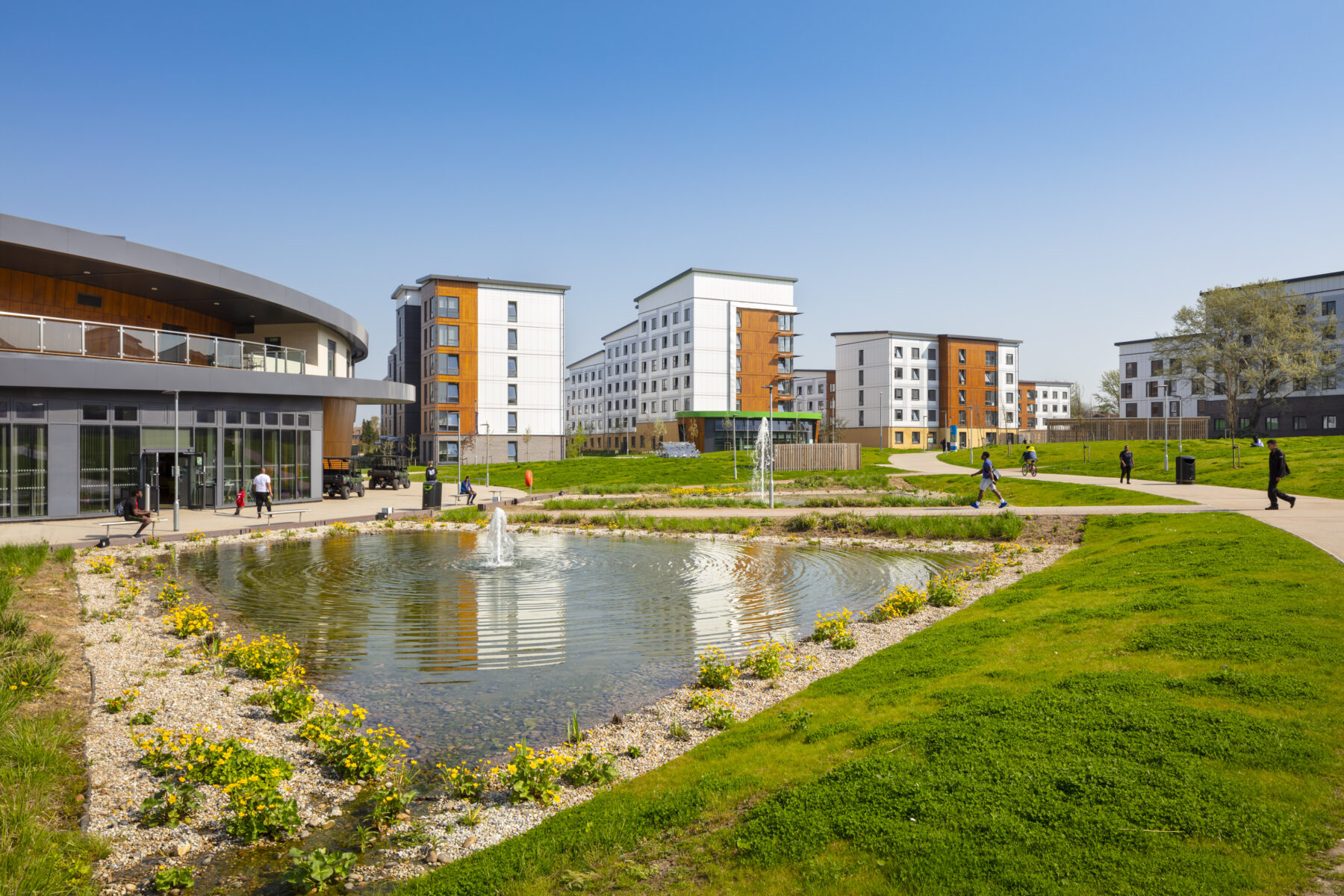 Willmore Iles Architects
Willmore Iles Architects
Biophilic Design places great emphasis on establishing direct contact between their occupants and the outdoors. As products of nature, Martin explained, human health and well-being is inherently linked to the natural elements and by embracing this affiliation we can achieve amongst others;
- Improved Cognitive function
- Boost to happiness
- Improved health
- Better test scores
- Improved Community Cohesion
At Willmore Iles Architects we work with our clients to provide student accommodation that enhances the students’ experience. The design of student residential accommodation is not like other types of residential architecture. Students have their own distinct needs.
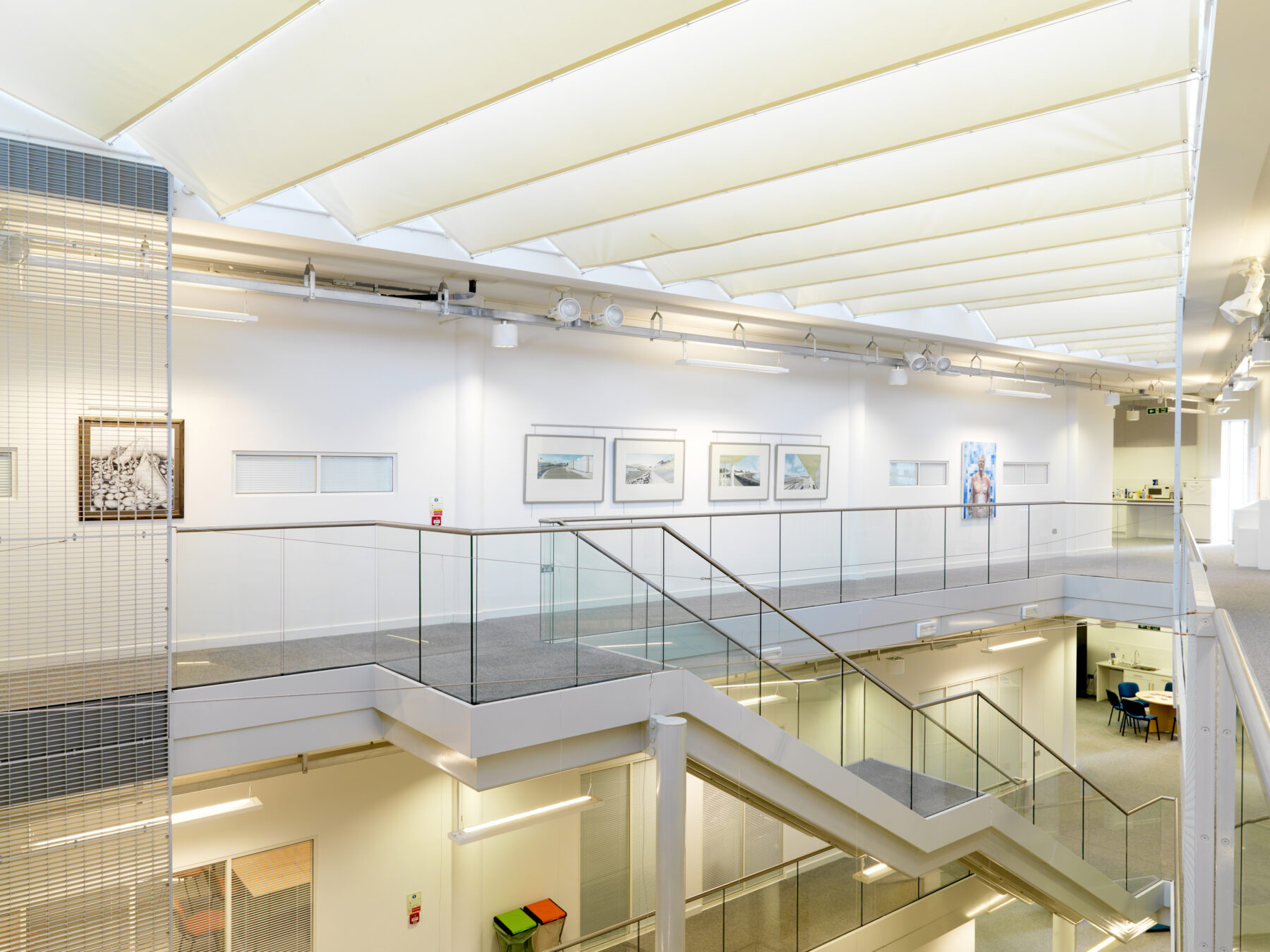
They are, in the majority of cases, young people and a proportion will be from overseas with potential language and cultural issues to manage. All of them are in a state of transition between life at home and the living and learning environment of university.
This transitional change, while exciting and challenging, can also be very stressful for students. We take every opportunity within our designs to make this transition as smooth and positive as possible.
Our student residential clients recognise the increasing importance of pastoral care, and the role architecture can play in supporting community building and the mental well-being of students. We work to ensure that universities provide meaningful environments for sleeping, studying and socialising.
The Six Biophilic Design Elements and Attributes described in Martin’s lecture can form part of the framework of assessing the suitability for the designs we develop and support the positive outcome for our student residential clients.
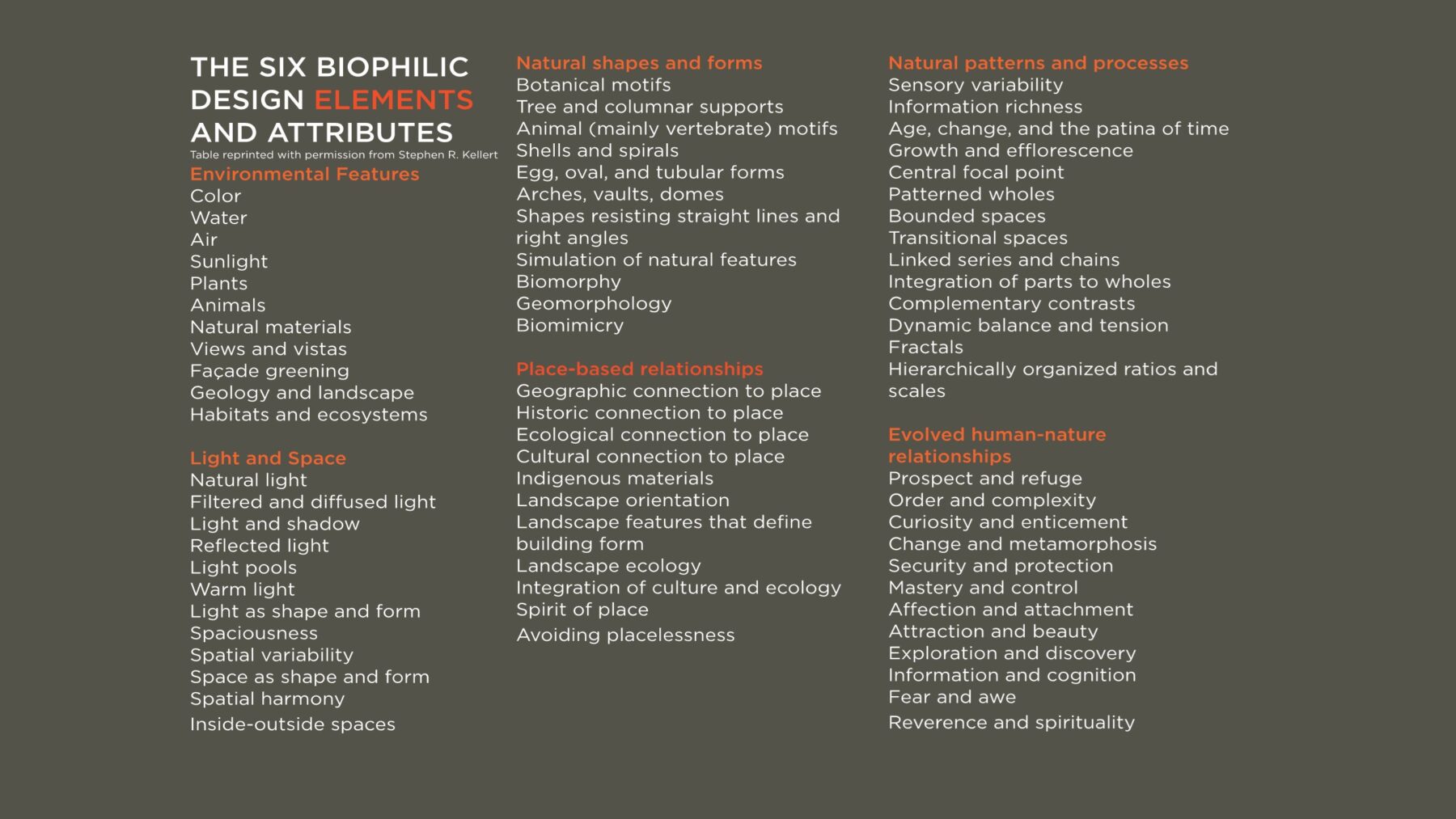
For more information on Biophilic Design & Sustainability please see the reference list and bibliography below – courtesy of Martin Brown.
References:
Brown M. (2019) fairsnape. Available from: https://fairsnape.com/
Brown M. (2016) FutuREstorative, Working Towards a New Sustainability. RIBA Publishing. London.
Brown M. (2019), Creating biophilic buildings for a regenerative future [presentation slides], p44.
Bibliography:
Commoner B. (1971) The Closing Circle: Nature, Man & Technology. Random House Inc. New York.
More Better – Affordable Housing in Wales see https://orca.cf.ac.uk/98055/7/MORE%20BETTER%20report%20FINAL%20Ed%20Green%20revD.pdf
Economics of Biophilia see https://www.lbhf.gov.uk/sites/default/files/section_attachments/the_economics_of_biophilia_-_why_designing_with_nature_in_mind_makes_financial_sense.pdf
Bullitt Center see http://www.bullittcenter.org
see media papers at http://www.bullittcenter.org/field/media/
and message from Denis Hayes – http://www.bullittcenter.org/vision/message-from-denis-hayes/
